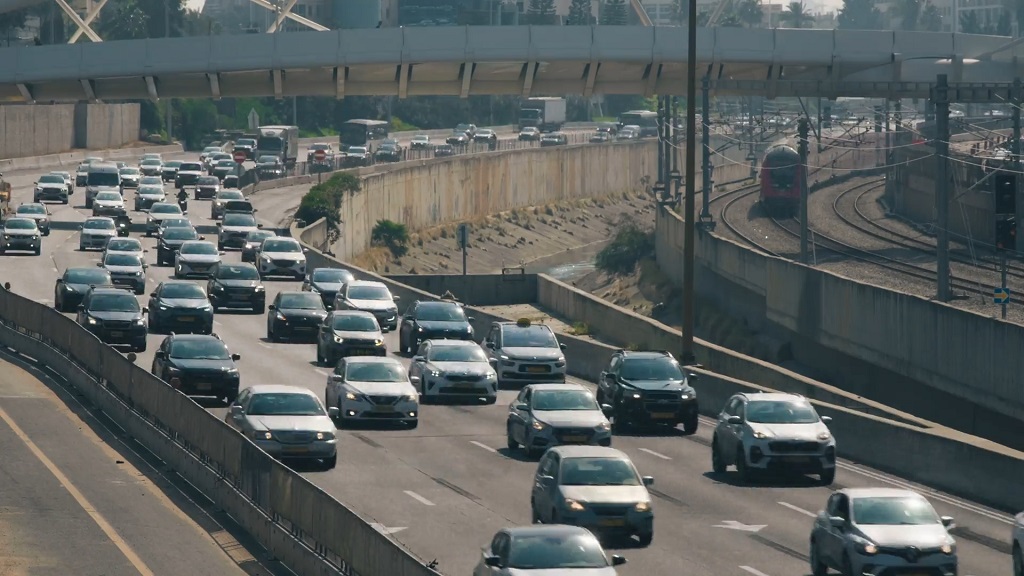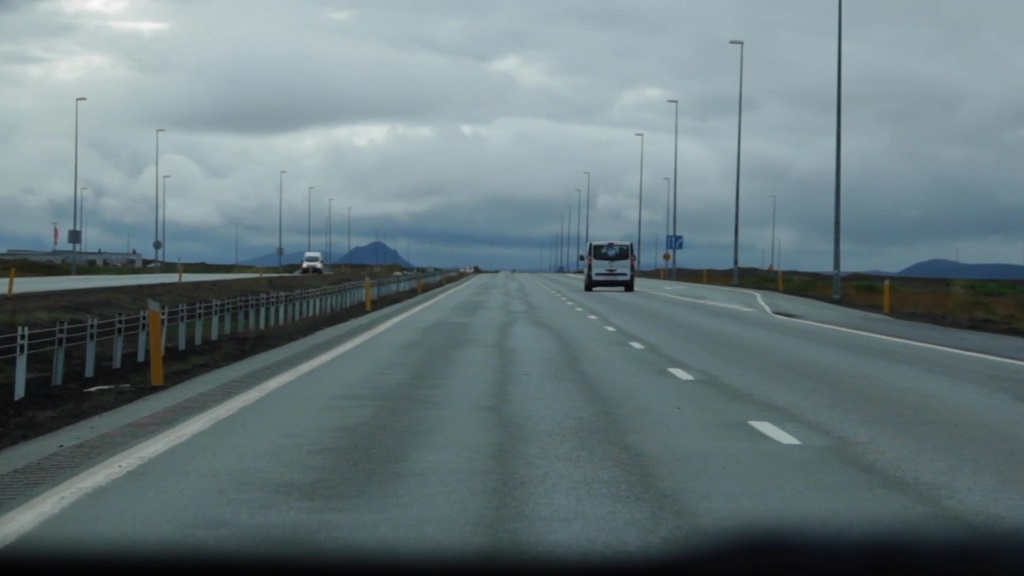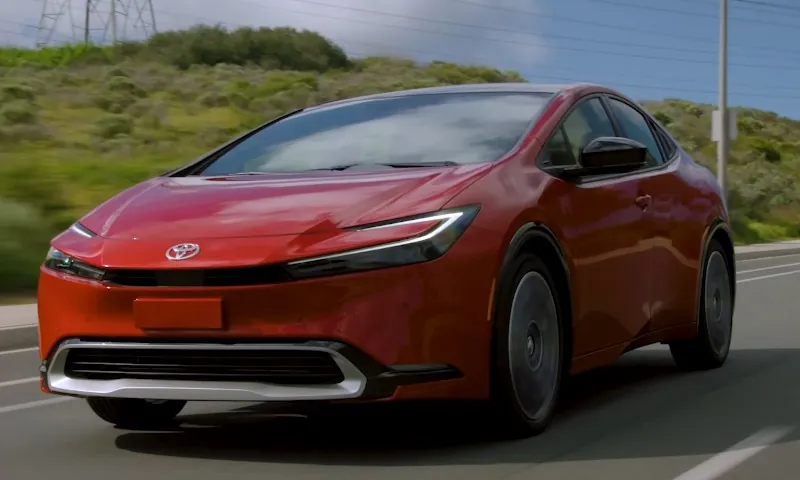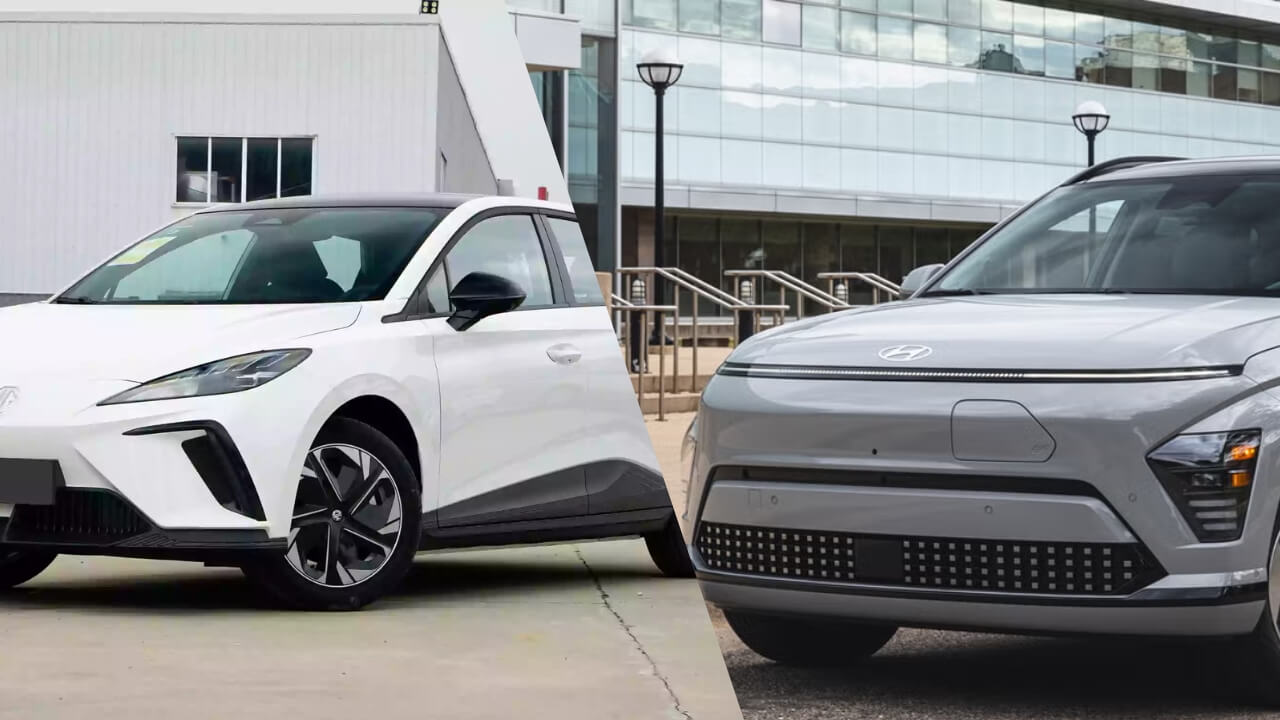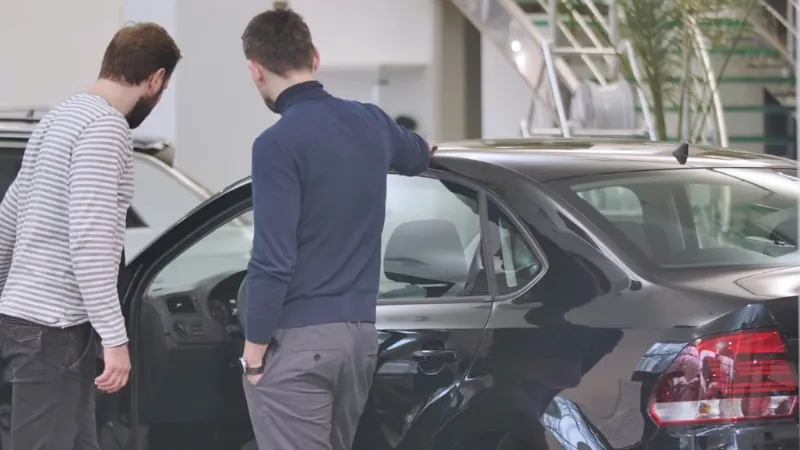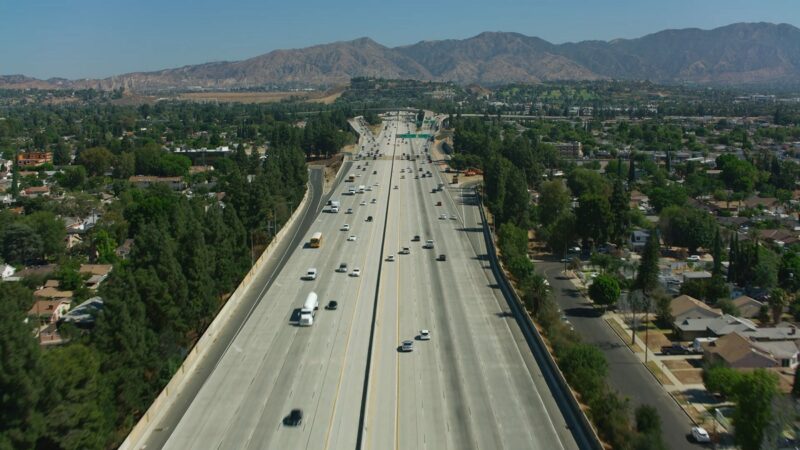
Share Post:
Keeping a safe distance behind the car in front of you isn’t just something your driving instructor barked about, as it’s one of the core principles of staying alive on the highway.
But that raises a practical question a lot of drivers have asked at one point or another: is there an actual legal minimum following distance on highways?
The short answer is: not exactly. But there’s a lot to unpack here. Let’s get into how following distance works, what’s expected by law, what’s recommended by safety authorities, and how it all plays out in the real world when traffic is flying by at 70 mph.
Table of Contents
ToggleFederal Perspective
If you’re hoping for one clear federal rule across the board, you won’t find it. The U.S. doesn’t have a single federal law for following distance that applies to all vehicles.
However, the Federal Motor Carrier Safety Administration (FMCSA) does provide specific guidance for commercial motor vehicles (CMVs) like tractor-trailers and buses.
Here’s how it works for them:
- Under 40 mph: One second of following distance for every 10 feet of vehicle length.
- Above 40 mph: Add one more second.
According to Samsara, for a 70-foot truck going 55 mph, that’s an 8-second gap. If the weather turns nasty, FMCSA says to double that.
But for the average driver in a passenger car? There’s no federal minimum. It’s all down to state law.
In cases involving commercial trucks, where liability and federal rules can overlap, having a skilled truck accident lawyer in Charleston can be critical if you’re hurt or facing a legal battle.
State Laws
Nearly every U.S. state has a law that prohibits “following too closely.” But the wording is often broad and non-numerical. You’ll usually see something like:
“A driver shall not follow another vehicle more closely than is reasonable and prudent, having due regard for the speed of such vehicles and the traffic upon and the condition of the highway.”
Let’s break that down with a few examples.
Georgia
Under O.C.G.A. § 40-6-49, tailgating is a misdemeanor traffic offense. It’s one of those laws that’s enforced heavily when things go wrong.
In the case of Totino v. State (2004), a driver was cited for following less than 5 feet behind another car at 70 mph. That’s a recipe for disaster—and the court agreed.
Texas
Texas law echoes the usual language about “reasonable and prudent” distances. Commercial vehicles are held to a higher standard, with FMCSA guidance often referenced in court.
Tailgating in Texas isn’t just unsafe, it’s enough to get you fined and possibly held liable in a crash.
West Virginia
This state has one of the few specific rules for large vehicles. According to the Code Library, Trucks over 8,000 pounds, buses, and vehicles towing another car must keep at least 200 feet from another similar vehicle. That gap is mandatory, unless you’re in a funeral procession or military convoy.
For regular drivers? Same deal, no exact number, but “reasonable and prudent” applies. And if you rear-end someone, guess who’s at fault?
What Safety Experts Recommend
Even without legal minimums, driving safety organizations offer tried-and-true rules that actually make sense in real life.
The 3-Second Rule
It’s simple, flexible, and works at any speed.
- Pick a fixed object up ahead (sign, tree, overpass).
- When the car in front passes it, start counting: “one thousand one, one thousand two, one thousand three.”
- If you pass the object before you hit three? You’re too close.
| Speed | Feet per Second | 3-Second Distance |
| 60 mph | 88 ft/s | ~264 feet |
| 65 mph | 95.3 ft/s | ~286 feet |
When Conditions Aren’t Ideal
That 3-second rule only works in perfect conditions: clear weather, dry road, light traffic.
But let’s be honest, when is that the norm? Here’s how to adjust:
- Rain, snow, fog: Bump it to 6 seconds.
- Following a truck or bus: Increase to 4–6 seconds minimum.
- Heavy traffic or merging: Add more space, just in case someone cuts in.
- Night driving or low visibility: Go even higher.
Different Vehicles, Different Rules
The type of vehicle you drive, or follow, also plays a role in how far back you should stay.
| Vehicle Type | Speed | Ideal Conditions | Adverse Conditions |
| Passenger Car | 60 mph | 3 sec (~264 ft) | 6 sec (~528 ft) |
| Tractor-Trailer | <40 mph | 7 sec | 14 sec |
| Tractor-Trailer | >40 mph | 8 sec (~644 ft) | 16 sec (~1,287 ft) |
| Large Truck/Bus | Any speed | 200 ft (min – WV law) | 200+ ft (adjust as needed) |
The Numbers Behind Rear-End Crashes
Rear-end collisions are the most common crash type in the United States. And most of them come down to, you guessed it, drivers following too closely.
Here’s what the data says:
- 29% of all U.S. car crashes are rear-end collisions (per NHTSA).
- In 2020, over 1.4 million rear-end crashes were reported. (per Look up a Plate)
- According to NHTSA, there were about 419,400 people involved in rear-end crashes in 2020, and in these incidents, fewer than 1% were killed, while the vast majority were injured.
So if you think tailgating is just annoying, think again. It’s dangerous, it’s costly, and it can be deadly.
Legal and Financial Consequences
Getting pulled over for following too closely isn’t just a slap on the wrist. Depending on the state and the situation, it can get serious.
Possible Consequences
- Traffic Citations: Fines and points on your license. In Georgia, tailgating is a 3-point offense.
- Insurance Hikes: One tailgating violation can spike your premium.
- Civil Liability: If you hit someone from behind, you’ll likely be considered at fault, especially in states with comparative negligence rules.
- Criminal Charges: In cases involving injury or death, the following driver may be charged with reckless driving, vehicular manslaughter, or similar offenses.
Examples
Scenario 1: Clear Highway at 65 mph
You’re cruising along a straight stretch of road at 65 mph. A good following distance here is at least 286 feet, using the 3-second rule. If the driver ahead suddenly brakes for debris or traffic, you’ll have just enough time to react.
Scenario 2: Following a Truck in Rain
You’re behind an 18-wheeler on a slick interstate, moving at 55 mph. The truck itself should have 8 seconds of space ahead, per FMCSA. You? Double that in the rain—16 seconds, or nearly 1,300 feet. That might feel like forever, but it’s the space you need to stay safe.
Scenario 3: Tailgating in Georgia
A driver is caught on a dash cam following just a few feet behind another car at 70 mph. The footage is handed over after a minor fender-bender. The driver is cited under Georgia’s “following too closely” statute, and their insurance premium skyrockets after fault is assigned.
Tips for Maintaining Safe Distance on the Highway
Even if the law isn’t ticking off exact feet and seconds, you can build good habits that keep you safe and keep your record clean.
What You Can Do
- Use the 3-second rule as your everyday baseline.
- Add extra seconds when it’s dark, wet, or you’re behind a truck or motorcycle.
- Watch for brake lights several cars ahead, not just the one in front.
- Avoid distractions—put the phone away and keep your attention on the road.
- Let tailgaters pass—move over rather than brake-checking or speeding up.
- Use tech if your car has it: Adaptive cruise control and collision warning systems can help, but don’t rely on them blindly.
Final Thoughts
There may not be a national law spelling out how many feet or seconds you need to leave between you and the car ahead. But that doesn’t mean you’re off the hook. Nearly every state expects drivers to leave a distance that’s “reasonable and prudent.”
In practice, that usually means using the 3-second rule in good conditions and doubling it when things get tricky.
For truckers and bus drivers, the rules are tighter, and in some states like West Virginia, they’re etched into law. For the rest of us, it’s common sense backed by real consequences.
And when rear-end crashes account for almost a third of all traffic accidents, the safest bet is to back off and give yourself space.
Highways are fast, unpredictable, and unforgiving. Keeping a healthy buffer between you and the next driver isn’t just smart, it’s how you avoid tickets, lawsuits, injuries, or worse.
So next time you’re tempted to ride someone’s bumper, take a breath, count to three, and remember: it’s not just about obeying the law. It’s about getting home safe.






